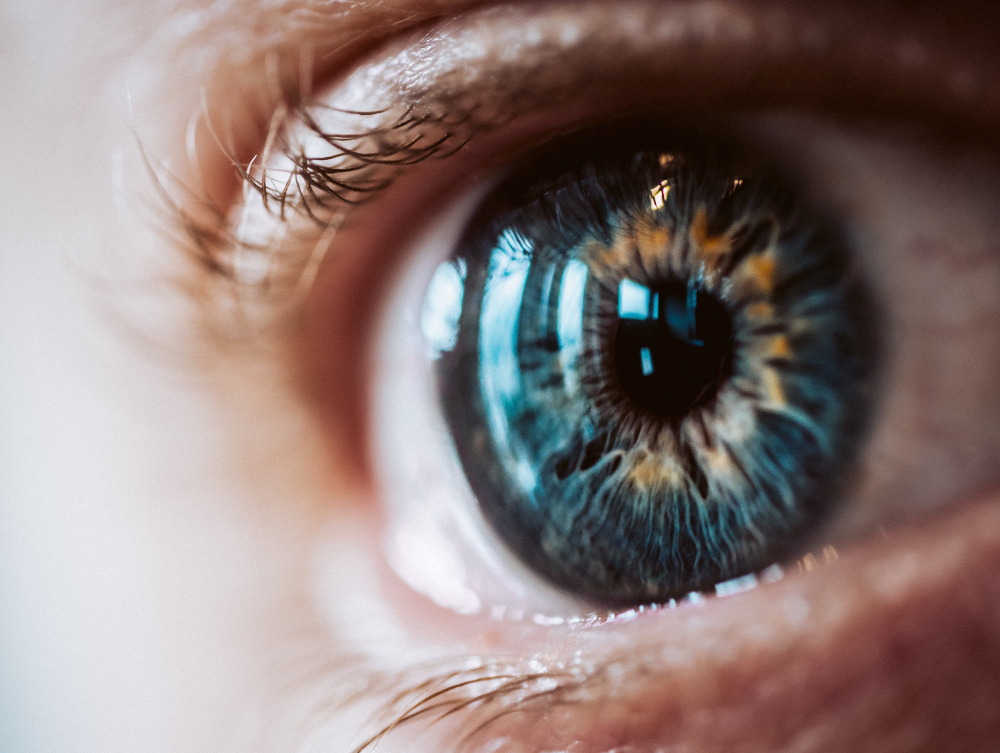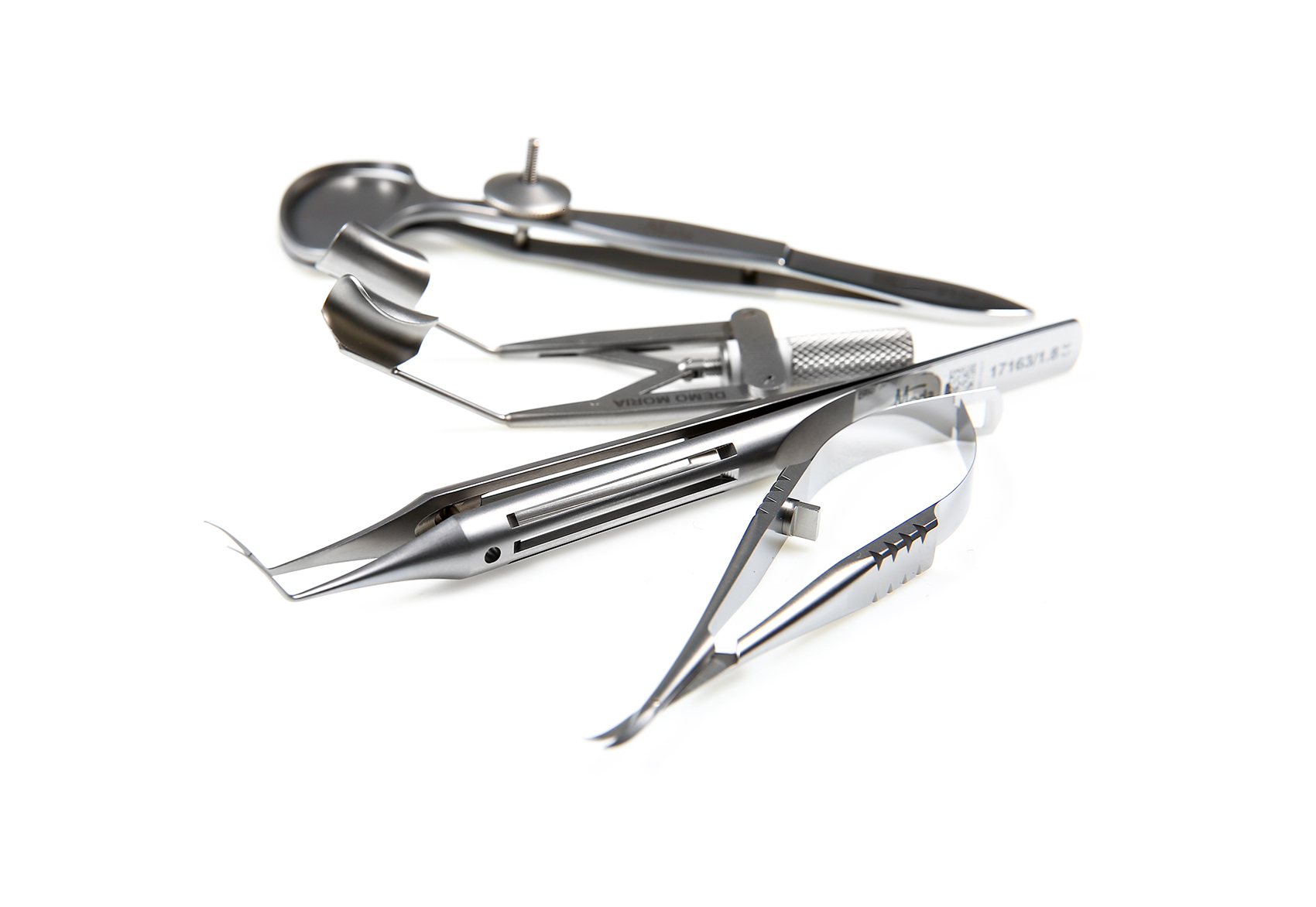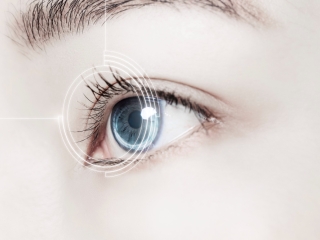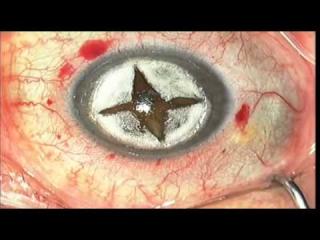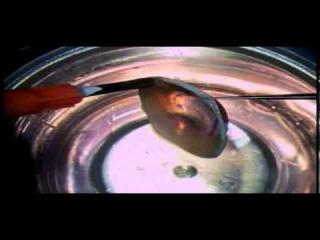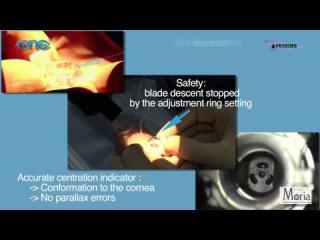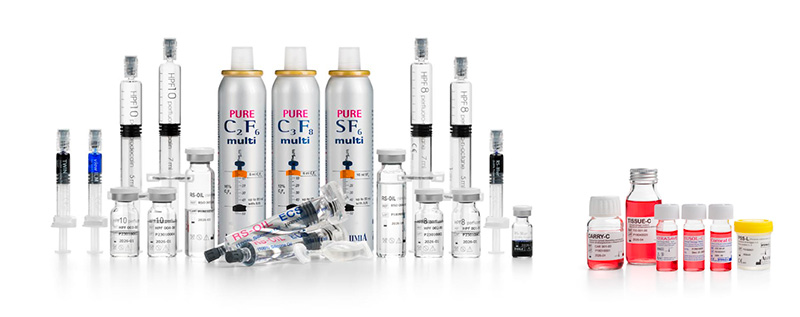What is an angle-closure glaucoma?
Glaucoma: a group of eye conditions
Glaucoma is a serious eye condition that affects the optic nerve. If not detected on time, it can lead to blindness. Glaucoma is usually caused by a high pressure in one eye or both eyes. Although it is more common in the elderly, it can affect men and women at any age.
The main issue with glaucoma is that it shows no warning signs. Hence, starting from age 60, doctors recommend a yearly check in order to detect glaucoma at an early stage. Indeed, if it is treated on time, vision loss can be avoided [1].
Angle-closure glaucoma: a special type of glaucoma
Angle-closure glaucoma is a special kind of glaucoma. It is the consequence of an increase in intraocular pressure which results from a poor outflow of aqueous humor [2]. In fact, what is called “the angle” is the point of the eye where the iris, the cornea, and the sclera meet. This is also the area of the eye where the drainage system of the eye can be found. It is known as the “trabecular meshwork”.
Primary angle-closure: another form of glaucoma
Primary angle-closure glaucoma is defined by the fact that the iris presses against the trabecular meshwork and obstructs it. In term, this mechanism that can affect both eyes can lead to an increase of intraocular pressure, which can lead to a damage of the optic nerve. [3]
Science has shown that this type of glaucoma is twice more common in women than in men, and it occurs more often in small eyes with hyperopia.
[1] Douglas J. Rhee - MSD Manuals (En ligne) - Overview of glaucoma - https://www.msdmanuals.com/professional/eye-disorders/glaucoma/overview-of-glaucoma
[2] Babak Khazaeni; Leila Khazaeni. - NCBI (En ligne) - Acute Closed Angle Glaucoma - https://www.ncbi.nlm.nih.gov/books/NBK430857/
[3] Angle-closure glaucoma - Glaucoma information (En ligne) - https://www.glaucomapatients.org/basic/angle-closure-glaucoma/
Is angle-closure glaucoma a serious condition?
Angle-closure glaucoma is a serious eye condition. Indeed, when the angle between the iris and the cornea is affected, an acute attack happens and patients suffer a strong pain. This is because the eyes’ canals are completely blocked, which stops fluid from moving through them.
Angle-closure glaucoma is an emergency that needs to be treated quickly in order to avoid the increase of intraocular pressure (IOP) and the associated risks of blindness.
How is angle-closure glaucoma diagnosed ?
Depending on the type of angle-closure glaucoma (chronic or acute), it will be diagnosed differently. Indeed, in order to confirm an acute angle-closure glaucoma, the intraocular pressure (IOP) of the eye is measured. To diagnose a chronic glaucoma, a gonioscopy is practiced. It shows the peripheral anterior synechiae as well as the state of the optic nerve. It also sheds light on any visual field anomaly.
Because the affected eye may show a clouded cornea with a fragile corneal epithelium, gonioscopy might be hard to carry on. In such case, an examination of the other eye might help as it could show a narrow angle[5].
[5] Douglas J. Rhee - MSD Manuals (En ligne) - Angle-closure glaucoma - https://www.msdmanuals.com/professional/eye-disorders/glaucoma/angle-closure-glaucoma
What is the treatment for angle-closure glaucoma?
The treatment of angle-closure glaucoma generally consists in laser therapy or surgery.
Although nowadays laser therapy is the most common treatment for this condition, surgery is performed in some special cases. This is especially the case when the bunched-up outer edge of the iris needs to be removed or if a patient can’t cooperate with a laser treatment.
In these special cases, surgeons recommend the use of the Moria glaucoma set that includes the following tools :
In order to prepare patients for the laser treatment of angle-closure glaucoma or for the surgery, eyedrops are usually prescribed.
Oral or intravenous medications can also be taken to lower the eyes’ pressure prior to an angle-closure glaucoma. If needed, the ophthalmologists prescribe medicines that help lower IOP prior to surgery[6].
[6] Jovina L S See,1 Maria Cecilia D Aquino,1 Joel Aduan,1 and Paul T K Chew1,2 - NCBI (En ligne) - Management of angle-closure glaucoma - https://www.ncbi.nlm.nih.gov/pmc/articles/PMC3038501/
What are angle-closure glaucoma symptoms?
The symptoms of acute angle-closure glaucoma usually appear suddenly due to the rise in pressure inside the eye.
The most common symptoms include :
- strong eye pain
- headaches
- blurred vision
- vomiting and nausea
- tearing.
In case of an acute attack, intensity of these symptoms increases within a few hours[7].
[7] Babak Khazaeni; Leila Khazaeni. - NCBI (En ligne) - Acute Closed Angle Glaucoma - https://www.ncbi.nlm.nih.gov/books/NBK430857/
